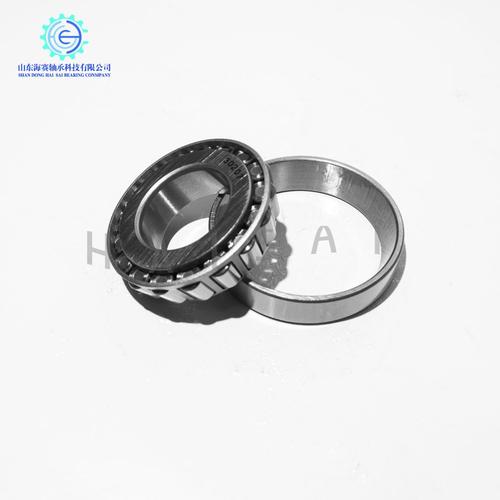Understanding Tapered Roller Bearing Noise Frequency: Causes, Solutions, and Prevention
Tapered roller bearing noise frequency is a critical concern in industrial applications, affecting equipment performance and longevity. This article explores the causes, solutions, and prevention methods for noise in tapered roller bearings.
Table of Contents
1. tapered roller bearing noise analysis2. how to reduce tapered roller bearing noise
3. tapered roller bearing noise causes
4. tapered roller bearing noise frequency spectrum
1. tapered roller bearing noise analysis

Tapered roller bearing noise analysis involves examining the frequency and amplitude of sounds produced during operation. Noise can indicate misalignment, lubrication issues, or wear. Advanced tools like vibration analyzers help identify specific frequencies linked to bearing defects. Common noise frequencies range from 1kHz to 10kHz, depending on bearing size and speed. Regular analysis can prevent catastrophic failures by detecting early signs of damage. Understanding these frequencies helps in diagnosing bearing health and planning maintenance schedules. Proper analysis reduces downtime and improves operational efficiency. Always consult technical specifications to interpret noise data accurately.
2. how to reduce tapered roller bearing noise
Reducing tapered roller bearing noise requires proper installation, lubrication, and alignment. Use high-quality lubricants to minimize friction and dampen vibrations. Ensure bearings are mounted correctly to avoid preload issues. Regular maintenance checks can identify wear before it causes excessive noise. Noise reduction also depends on selecting the right bearing for the application. Consider using noise-dampening materials or housings in sensitive environments. Balancing rotating components can further reduce noise levels. Implementing these practices extends bearing life and enhances performance. Always follow manufacturer guidelines for optimal noise reduction results.
3. tapered roller bearing noise causes
Tapered roller bearing noise causes include contamination, misalignment, and inadequate lubrication. Foreign particles can damage rolling elements, leading to irregular noise patterns. Misalignment creates uneven load distribution, increasing noise frequency. Lubrication issues cause metal-to-metal contact, generating high-pitched sounds. Other causes include improper preload, bearing wear, and manufacturing defects. Environmental factors like temperature fluctuations also affect noise levels. Identifying the root cause is essential for effective troubleshooting. Addressing these issues promptly prevents further damage and ensures smooth operation. Regular inspections and proper handling minimize noise-related problems in tapered roller bearings.
4. tapered roller bearing noise frequency spectrum
The tapered roller bearing noise frequency spectrum reveals distinct peaks corresponding to different defects. Fundamental frequencies relate to bearing geometry and rotational speed. Harmonics indicate repetitive impacts from damaged surfaces. Sidebands often point to misalignment or looseness. Analyzing the spectrum helps pinpoint specific issues like spalling or brinelling. Advanced software tools visualize these frequencies for accurate diagnosis. Understanding the spectrum enables targeted maintenance and repair actions. Regular monitoring of the frequency spectrum ensures early detection of potential failures. This proactive approach saves costs and improves reliability in industrial systems.
Tapered roller bearing noise frequency is a complex topic with significant implications for industrial operations. From analysis techniques to practical solutions, understanding these aspects ensures optimal bearing performance. Whether you're dealing with high-frequency squeals or low rumbles, addressing the root causes is crucial. Implementing proper maintenance, lubrication, and alignment practices can dramatically reduce noise. Advanced diagnostic tools provide valuable insights into bearing health. By applying this knowledge, you can extend equipment life and improve efficiency. Explore our detailed sections above to master tapered roller bearing noise management.
In conclusion, tapered roller bearing noise frequency management is essential for maintaining industrial equipment. Proper analysis, timely intervention, and preventive measures ensure smooth operations. Implementing the strategies discussed will significantly reduce noise-related issues. Always prioritize quality components and regular maintenance for optimal results. This comprehensive guide provides all the necessary information to address tapered roller bearing noise effectively.




 13869596835
13869596835